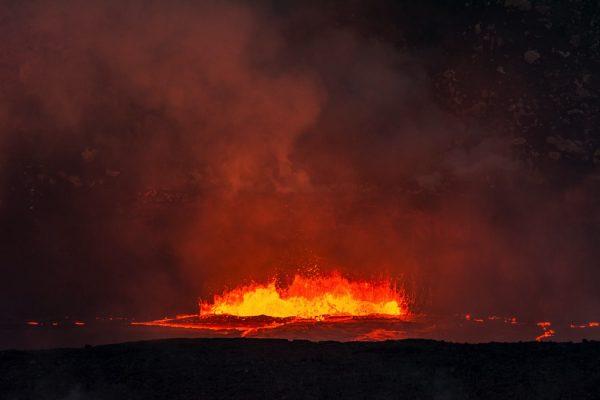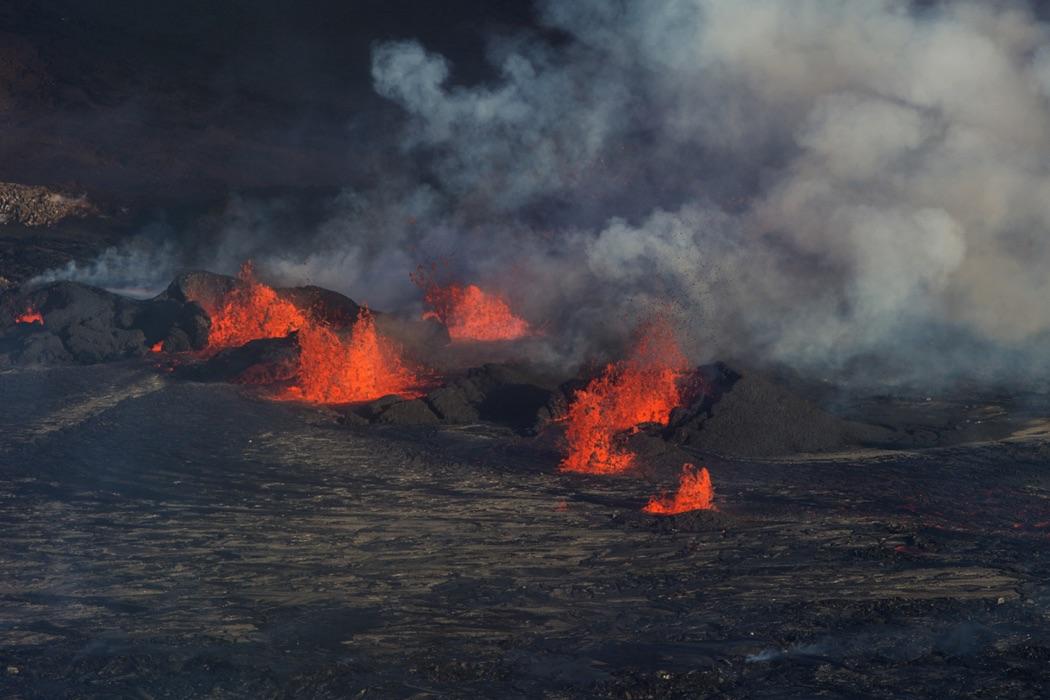A family’s visit to Kaluapele (Kīlauea Caldera) nearly ended in tragedy when a toddler wandered into a closed area at Kīlauea Overlook and ran toward the edge of a 400-foot cliff. In a heart-stopping moment, the child’s mother managed to grab him just a foot away from disaster. The shaken family left safely, but the incident highlights the importance of adhering to park safety rules.

Park rangers are now reminding visitors to stay on marked trails, avoid closed areas, and keep children close while exploring Hawai’i Volcanoes National Park, especially during high-risk activities like viewing volcanic activity along the Crater Rim Trail.
“The hazards associated with an eruption are real and dangerous,” said Park Superintendent Rhonda Loh. “We have safety measures in place—barriers, closure signs, and traffic management—but we depend on visitors to act responsibly. National parks showcase nature’s splendor, but they are not playgrounds.”
Eruption Hazards and Increased Risks
The recent eruption of Kīlauea, which began on December 23, has entered a second pause, but hazards remain. Toxic gases, unstable cliff edges, and hidden terrain pose significant risks, especially at night. Glassy volcanic particles, called tephra, blanket parts of Crater Rim Drive, while elevated sulfur dioxide emissions continue to affect air quality.
Increased visitation during eruptions has added to the risks. Drivers are urged to slow down, watch for pedestrians and nēnē (Hawaiian geese), and use low beams to avoid blinding others.
Visitors with respiratory or heart conditions, pregnant women, and children are especially vulnerable to volcanic gases and should check air quality conditions before and during their visit.
Safety Tips for Volcano Viewing
Viewing an eruption is a rare and memorable experience, but it requires preparation and caution. The National Park Service offers the following tips to ensure visitor safety:
- Stay in designated areas: Never enter closed or restricted zones. Viewing overlooks are established for your safety.
- Stay on marked trails: Avoid hazardous terrain, including unstable cliff edges and lava flows.
- Check volcanic activity updates: Stay informed about current conditions.
- Monitor air quality: Volcanic gases can be harmful; check alerts before visiting.
- Wear appropriate clothing: Bring sturdy footwear, warm clothing, and raingear, especially for nighttime visits.
- Be prepared: Carry a flashlight, first aid kit, and extra water.
- Use protective gear: Masks and goggles are recommended during ashfall.
- Follow ranger guidelines: Always adhere to evacuation routes and ranger instructions during unsafe conditions.
The National Park Service urges all visitors to appreciate Kīlauea’s awe-inspiring power while respecting the natural dangers that come with it. By following safety measures, families can enjoy the wonder of Hawai’i Volcanoes National Park responsibly and safely.


























